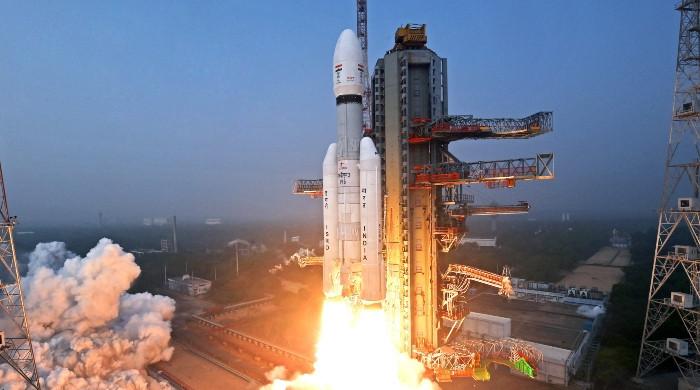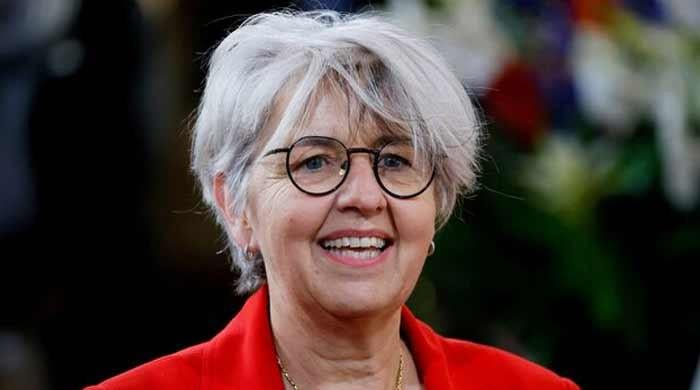JWST discovers most distant supermassive black holes for first time
"With other telescopes, these targets look like ordinary star-forming galaxies, not active supermassive black holes," says expert
July 07, 2023
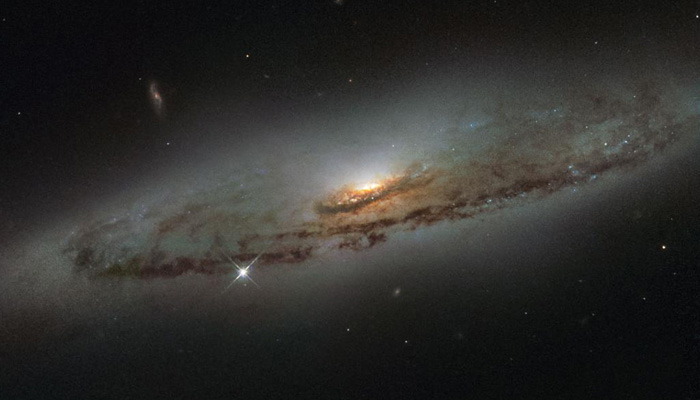
Scientists have been able to detect the most distant supermassive black hole with the help of the James Webb Space Telescope (JWST) which came into being 570 million years after the Big Bang, the US space agency announced Thursday.
This supermassive black hole is at the centre of Cosmic Evolution Early Release Science (CEERS) 1019 galaxy having 9 million solar masses is the most distant existing to date.
Scientists have also detected two smaller black holes, existing 1 and 1.1 billion years after the Big Bang.
There are also other black holes more massive than CEERS 1019 having billion times the mass of the sun and easily detectable.
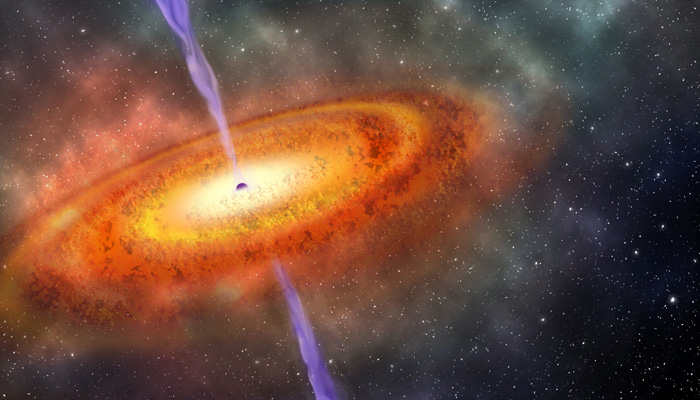
The CEERS 1019 is similar to the one hosted by our milky way galaxy — which is 4.6 million times the mass of our Sun.
Three separate studies using CEERS Survey data have been accepted for publication in The Astrophysical Journal Letters.
According to Nasa statement: "This black hole is also not as bright as the more massive behemoths previously detected. Though smaller, this black hole existed so much earlier that it is still difficult to explain how it formed so soon after the universe began."
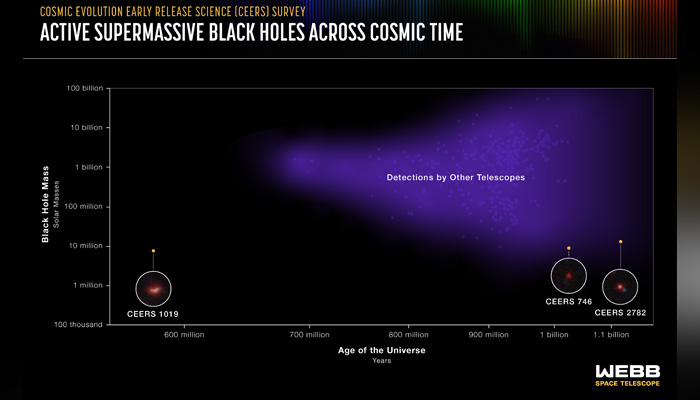
"Looking at this distant object with this telescope is a lot like looking at data from black holes that exist in galaxies near our own," said Rebecca Larson of the University of Texas at Austin, who led this discovery.
"There are so many spectral lines to analyse! Not only could the team untangle which emissions in the spectrum are from the black hole and which are from its host galaxy, but they could also pinpoint how much gas the black hole is ingesting and determine its galaxy’s star-formation rate."
The team observed that the galaxy is consuming as much gas as it can while also producing new stars.
The statement said: "They turned to the images to explore why that might be. Visually, CEERS 1019 appears as three bright clumps, not a single circular disk."
"We’re not used to seeing so much structure in images at these distances," said CEERS team member Jeyhan Kartaltepe of the Rochester Institute of Technology in New York.
"A galaxy merger could be partly responsible for fueling the activity in this galaxy’s black hole, and that could also lead to increased star formation."
As other black holes' disk was partially clouded by the dust, Dale Kocevski said: "The central black hole is visible, but the presence of dust suggests it might lie within a galaxy that is also furiously pumping out stars."
"Researchers have long known that there must be lower mass black holes in the early universe. Webb is the first observatory that can capture them so clearly," Kocevski added.
"Now we think that lower mass black holes might be all over the place, waiting to be discovered." Before James Webb Telescope, all three black holes were too faint to be detected.
"With other telescopes, these targets look like ordinary star-forming galaxies, not active supermassive black holes," Finkelstein added.
Seiji Fujimoto of the University of Texas at Austin explained about these distant galaxies: "This set, along with other distant galaxies we may identify in the future, might change our understanding of star formation and galaxy evolution throughout cosmic history."
Finkelstein said Webb made galaxy detection easier. That’s the tremendous power of this telescope, he said.




